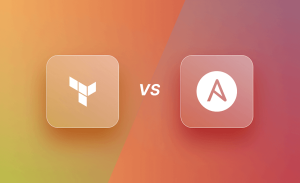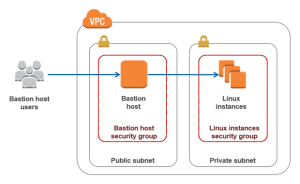Socket programming in PHP allows developers to establish network connections between two or more computers over the internet or a local network. This allows for the exchange of data and communication between these computers in real time. In PHP, socket programming is typically accomplished using the sockets extension, which provides a set of functions and classes for working with sockets.

Here’s a brief overview of the steps involved in socket programming with PHP:
- Create a socket: The first step in socket programming is to create a socket using the socket() function. This function takes three arguments: the domain of the socket (e.g. AF_INET for IPv4), the type of socket (e.g. SOCK_STREAM for a TCP socket), and the protocol to use (e.g. IPPROTO_TCP for TCP). The function returns a socket resource that can be used in subsequent socket operations.
- Bind the socket: Once a socket has been created, it needs to be bound to a specific IP address and port using the bind() function. This function takes the socket resource, the IP address to bind to, and the port number to use. If the bind operation is successful, the socket is now ready to listen for incoming connections.
- Listen for connections: To listen for incoming connections on a socket, use the listen() function. This function takes the socket resource and a backlog parameter that specifies the maximum number of pending connections to allow. Once the socket is listening, it will wait for incoming connection requests.
- Accept incoming connections: When a connection request is received, the accept() function is used to accept the connection and create a new socket resource for communication with the client. This function takes the listening socket resource as its argument and returns a new socket resource for the accepted connection.
- Communicate with the client: Once a connection has been accepted, data can be exchanged between the server and client using the send() and recv() functions. The send() function is used to send data from the server to the client, while the recv() function is used to receive data from the client. These functions take the socket resource, the data to send or receive, and the length of the data as their arguments.
- Close the socket: When communication is complete, the socket resources should be closed using the close() function.
Here’s an example of a simple socket server in PHP:
<?php
// Create a TCP/IP socket
$socket = socket_create(AF_INET, SOCK_STREAM, SOL_TCP);
// Bind the socket to a specific address and port
socket_bind($socket, '127.0.0.1', 1234);
// Listen for incoming connections
socket_listen($socket);
while (true) {
// Accept incoming connections
$client = socket_accept($socket);
// Receive data from the client
$data = socket_read($client, 1024);
// Send a response back to the client
socket_write($client, "Hello, client!");
// Close the client socket
socket_close($client);
}
This example creates a TCP/IP socket and binds it to the local address 127.0.0.1 on port 1234. It then listens for incoming connections and accepts them when they arrive. Once a connection is accepted, it receives data from the client, sends a response back, and closes the connection.
Socket programming can be a powerful tool for creating real-time applications and services in PHP. However, it requires careful attention to detail and careful management of resources to ensure that the code is stable, secure, and performant.





